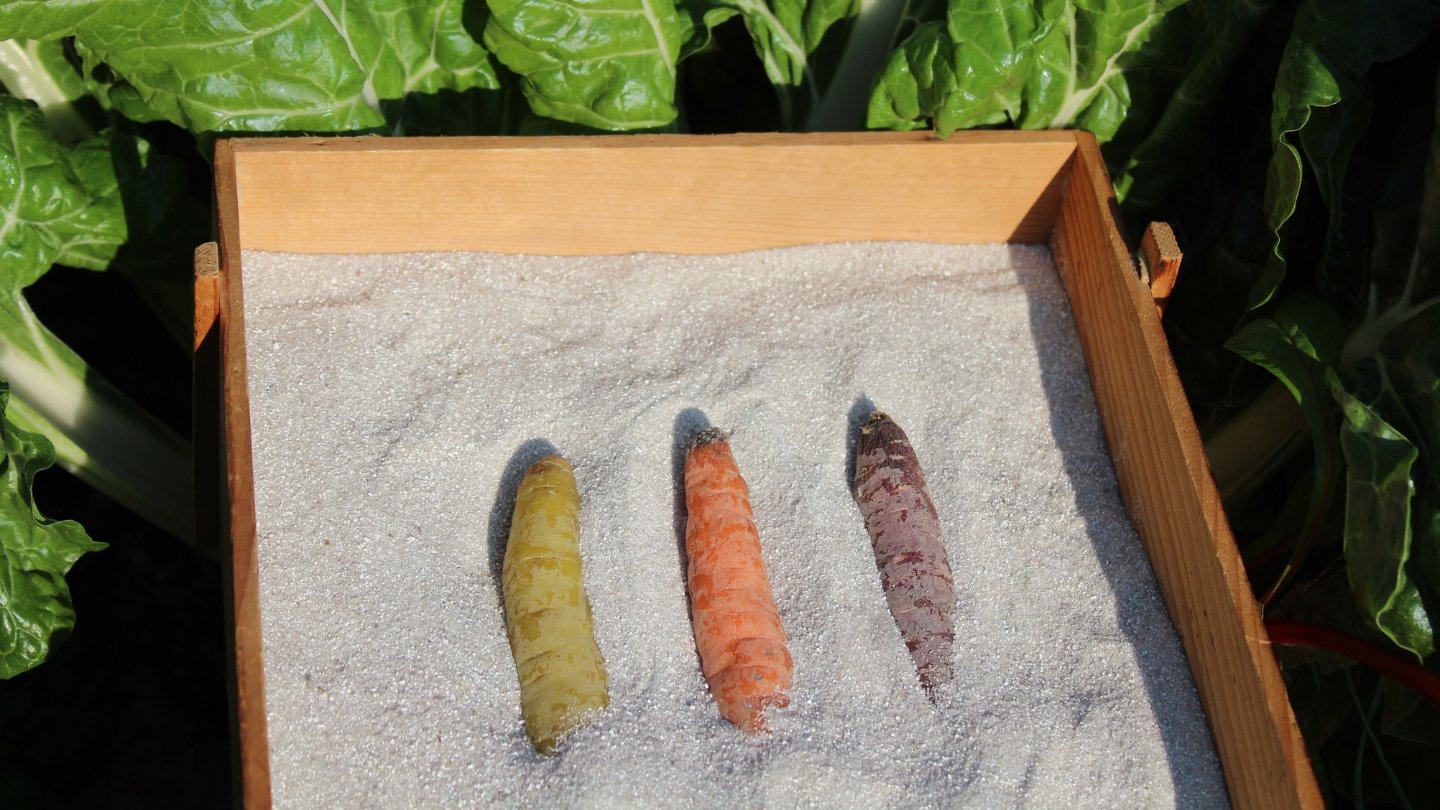

Articles
How To Store Carrots In Sand
Modified: August 30, 2024
Learn how to store carrots in sand with these helpful articles. Keep your carrots fresh and delicious for longer.
(Many of the links in this article redirect to a specific reviewed product. Your purchase of these products through affiliate links helps to generate commission for Storables.com, at no extra cost. Learn more)
Introduction
Storing carrots in sand is a traditional method that has been used for centuries to keep these root vegetables fresh and crisp for extended periods of time. This simple and effective storage technique is ideal for gardeners, farmers, and anyone who wants to preserve the harvest and have access to fresh carrots throughout the year.
Why store carrots in sand, you may wonder? Carrots are root vegetables that require specific conditions to stay fresh. They need a cool and humid environment with good ventilation to prevent dehydration and maintain their crunchy texture. Storing carrots in sand provides the perfect combination of moisture control and air circulation, helping to extend their shelf life.
In this article, we will provide a step-by-step guide on how to store carrots in sand effectively. We will explore the process of preparing the sand, prepping the carrots, and the actual storage technique. Additionally, we will share tips on how to monitor and maintain the stored carrots to ensure their quality remains intact. Let’s dive in!
Key Takeaways:
- Preserve the freshness and flavor of carrots year-round by storing them in sand. This traditional method controls moisture, deters pests, and ensures easy accessibility for delicious, crunchy carrots in various recipes.
- Follow a simple step-by-step guide to effectively store carrots in sand. From selecting the right carrots to maintaining optimal storage conditions, enjoy the benefits of cost-effective, long-term preservation for your harvest.
Read more: How To Store Sand
Why Store Carrots in Sand?
Storing carrots in sand has several advantages over other storage methods. It provides the ideal conditions for maintaining the freshness, flavor, and texture of carrots for an extended period. Here are some reasons why storing carrots in sand is a preferred method:
- Moisture Control: Carrots are made up of a high percentage of water, and they need to maintain their moisture content to stay crisp and juicy. Storing them in sand helps to regulate moisture levels by preventing excessive drying or over-hydration. The sand absorbs excess moisture, reducing the chances of the carrots becoming soft, slimy, or rotten.
- Air Circulation: Proper airflow is crucial for storing vegetables. When placed in sand, the carrots are surrounded by particles that allow air to circulate freely. This ventilation prevents the build-up of ethylene gas, which can accelerate the spoilage process. It also helps to prevent the growth of mold or other pathogens that thrive in stagnant environments.
- Pest Prevention: Storing carrots in sand acts as a natural barrier against pests. Many insects and rodents are deterred by the presence of sand, making it less likely for them to infest the stored produce. This helps to protect the carrots from damage or contamination and ensures that you can enjoy insect-free vegetables throughout the storage period.
- Easy Accessibility: When you store carrots in sand, they are readily accessible whenever you need them. Unlike other storage methods like canning or freezing, there is no need to thaw or cook the carrots before use. Simply brush off the excess sand, and your fresh, crunchy carrots are ready to be enjoyed in salads, stews, or as a healthy snack.
- Cost-Effective: Storing carrots in sand is a cost-effective method compared to using refrigeration or purchasing pre-packaged vegetables. Sand is readily available and inexpensive, making it an affordable option for long-term storage of carrots. This makes it a great choice for gardeners and farmers who want to maximize their harvest and enjoy fresh carrots throughout the year.
Now that we understand the benefits of storing carrots in sand let’s move on to the practical steps of how to do it effectively.
Step-by-step Guide to Storing Carrots in Sand
Storing carrots in sand is a straightforward process that requires minimal equipment and preparation. Here’s a step-by-step guide to help you store your carrots properly:
- Choose the right carrots: Select carrots that are firm, fresh, and free from any signs of damage or rot. Avoid carrots with wilted or browning greens, as this indicates that they may not be fresh enough for long-term storage.
- Prepare the sand: Use a clean, dry sand that is free from contaminants or chemicals. Fill a container with a layer of sand, preferably 2-3 inches deep.
- Trim the carrot tops: Cut off the carrot greens, leaving about 1 inch of the stem attached to the carrot. Removing the greens helps to prevent excess moisture loss and prolongs the shelf life of the carrots.
- Place the carrots in the sand: Gently place the prepared carrots in the sand, positioning them upright and keeping a small distance between each carrot. Be careful not to overcrowd them, as this can hinder airflow and increase the risk of spoilage.
- Cover the carrots with sand: Once all the carrots are in place, cover them completely with sand, making sure there are no exposed areas. The carrots should be buried under the sand, with only the top portions of their stems peeking out.
- Store in a cool, dark place: Find a cool, dark storage area with a temperature range between 32-40°F (0-4°C). Ideally, the humidity levels should be around 95%. A root cellar, basement, or even a well-ventilated garage can serve as suitable storage locations.
- Monitor regularly: Check on the stored carrots periodically to ensure they are in good condition. Remove any carrots that show signs of rotting or decay to prevent the spread of spoilage to the remaining carrots.
- Enjoy your fresh carrots: Whenever you need carrots for your recipes, gently brush off the sand from the stored carrots and rinse them with water. The carrots should remain firm, crisp, and flavorful, ready to be used in your favorite dishes.
Following these steps will help you store your carrots in sand effectively, ensuring their long-term freshness and availability.
Preparing the Sand for Storage
Preparing the sand for storing carrots is a crucial step to ensure the best conditions for the vegetables. Here are some important considerations when preparing the sand:
- Select the right type of sand: Use clean, dry sand that is free from contaminants, chemicals, or any substances that could potentially harm the carrots. Avoid using beach sand, as it may contain salt or other impurities that can affect the quality of the stored carrots.
- Wash and dry the sand: If the sand you’re using comes from a natural source, it’s essential to wash it thoroughly to remove any impurities. Rinse the sand several times with clean water until it runs clear. After washing, spread the sand on a clean surface and let it dry completely to eliminate moisture.
- Choose the right texture: The sand should have a medium to fine texture that allows for proper drainage and airflow around the carrots. Avoid using coarse or gritty sand, as it may scratch or damage the carrots during storage.
- Prevent contamination: Ensure that the container used to hold the sand is clean and free from any debris or contaminants. It’s also a good practice to sanitize the container before adding the sand to prevent the growth of mold or bacteria that can affect the stored carrots.
- Measure the depth: When placing the sand in the container, aim for a depth of 2-3 inches. This provides enough coverage to protect the carrots while allowing for proper moisture absorption and air circulation.
- Keep the sand dry: Throughout the storage process, it’s essential to monitor the sand’s moisture level. If you notice any dampness or excessive moisture, replace the sand with fresh, dry sand to prevent it from affecting the carrots’ quality.
By following these steps and taking the time to prepare the sand properly, you can create an optimal environment for preserving your carrots’ freshness and flavor during storage.
Preparing the Carrots for Storage
Properly preparing the carrots before storing them in sand is essential to ensure their longevity and quality. Follow these steps to prepare the carrots for storage:
- Select fresh, healthy carrots: Choose carrots that are firm, without any signs of rot, damage, or wilting. Look for carrots with vibrant color and smooth skin.
- Remove the greens: Trim off the green tops of the carrots, leaving about 1 inch of the stem attached. The greens draw moisture away from the carrots and can cause them to wilt or spoil faster.
- Inspect for any damage: Check the carrots for any cuts, bruises, or blemishes. Damaged areas are more prone to spoilage and can quickly spread to the rest of the carrot, affecting its quality.
- Gently wash the carrots: Rinse the carrots under cold water to remove any dirt or debris. Use a soft brush or your hands to scrub gently, ensuring all surfaces are clean. Avoid using soap or detergents, as they can leave a residue and affect the flavor of the carrots.
- Allow the carrots to dry: After washing, let the carrots air dry or pat them dry with a clean towel. Ensure they are completely dry before storing them to prevent the growth of mold or bacteria.
- Sort and separate: Inspect the carrots again and sort them based on size and quality. Separate any smaller or damaged carrots from the larger, healthier ones. This will make it easier to manage the storage process and prevent any spoiled carrots from affecting the others.
- Avoid peeling or cutting: Carrots store best when left with their skins intact. Avoid peeling or cutting the carrots before storage, as this can accelerate moisture loss and affect their texture and flavor.
By following these steps, you can ensure that your carrots are in the best condition for storage. Properly preparing the carrots will help maintain their freshness and flavor throughout the storage period.
Store carrots in a cool, dark place in a box filled with damp sand. Layer the carrots in the sand, making sure they don’t touch. This will help keep them fresh for several months.
Read more: How To Store Carrots
Storing the Carrots in Sand
Storing carrots in sand provides an effective method to keep them fresh and crisp for extended periods. Here are the steps to properly store your prepared carrots in sand:
- Choose a suitable container: Select a clean, sturdy container that is large enough to hold the desired amount of carrots. A wooden crate, plastic bin, or even a cardboard box lined with plastic can work well.
- Fill the container with sand: Pour a layer of clean, dry sand into the container, making it approximately 2-3 inches deep. Ensure the sand is evenly spread and covers the bottom of the container.
- Place the carrots in the sand: Position the carrots in an upright position in the container, with the tops of the carrots slightly exposed above the sand. Arrange them in a single layer, leaving a small gap between each carrot for adequate airflow.
- Cover the carrots with sand: Gently pour more sand over the carrots until they are completely covered. Ensure that every carrot is fully surrounded by sand, leaving no exposed areas. The sand should reach the top of the container, but avoid compressing it too tightly.
- Store in a cool, dark place: Place the container with the carrots in a cool storage area with a temperature range of 32-40°F (0-4°C). Ideally, the humidity level should be between 90-95%. A root cellar, basement, or a cool corner of the garage can be suitable locations.
- Monitor regularly: Check the carrots periodically to ensure they are still in good condition. Look for any signs of rotting, mold, or decay. Remove any carrots that show spoilage to prevent it from affecting the rest.
- Brush off excess sand before use: When you need to use the stored carrots, gently brush off the excess sand from each carrot. Rinse them under cold water to remove any remaining sand particles, and they are ready for consumption.
By following these steps and providing the proper storage environment, you can enjoy fresh, crispy carrots for an extended period. The sand creates a moisture-controlled environment that helps maintain the carrots’ texture and flavor.
Monitoring and Maintaining the Stored Carrots
While storing carrots in sand helps to prolong their freshness, it’s important to monitor and maintain the stored carrots to ensure their quality. Here are some key steps to follow:
- Regular inspections: Check on the stored carrots regularly to monitor their condition. Look for any signs of spoilage, such as softness, mold, or a foul odor. Remove any spoiled carrots immediately to prevent the spread of decay to the rest of the batch.
- Adjusting the storage environment: Maintain the storage area at an optimal temperature range of 32-40°F (0-4°C) and a humidity level of 90-95%. If the temperature fluctuates or the humidity becomes too high or low, make the necessary adjustments to maintain the ideal conditions.
- Controlling moisture levels: Check the sand periodically to ensure that it remains dry. If you notice any signs of dampness or excess moisture, replace the sand with fresh, dry sand to prevent it from affecting the carrots. Excessive moisture can lead to rot or the growth of mold.
- Proper ventilation: Ensure that there is adequate airflow around the stored carrots. Good ventilation helps prevent the buildup of ethylene gas, which can accelerate spoilage. Avoid overcrowding the container, as it can hinder air circulation and increase the risk of mold or bacterial growth.
- Rotating the carrots: As you monitor the stored carrots, consider rotating them occasionally. Move the carrots around, bringing those at the bottom to the top and vice versa. This helps to distribute any moisture or temperature differences evenly and prolongs their freshness.
- Removing any pests: Regularly inspect the storage area for any signs of pests, such as insects or rodents. If you notice any infestation, take immediate action to remove the pests and prevent them from damaging the stored carrots. Consider using natural pest repellents or traps if needed.
- Use the oldest carrots first: When you need to consume the stored carrots, use the older ones first. This practice ensures that you enjoy the carrots before they have a chance to deteriorate. Remember to inspect each carrot individually before use.
By following these monitoring and maintenance practices, you can prolong the shelf life of your stored carrots and ensure they remain fresh and flavorful throughout their storage period. Regular attention to the carrots’ condition and the storage environment will help you enjoy the best quality produce.
Tips for Successful Carrot Storage in Sand
Storing carrots in sand can be a highly effective method for preserving their freshness and flavor. To ensure successful carrot storage, consider implementing the following tips:
- Choose the right carrots: Opt for carrots that are fresh, firm, and free from any signs of damage or rot. Selecting high-quality carrots at the start will increase the chances of successful long-term storage.
- Use clean, dry sand: Make sure the sand you use is clean, dry, and free from contaminants. Washing and drying the sand before storage will help maintain a sanitary environment for the carrots.
- Avoid excessive handling: Handle the carrots with care to prevent bruising or damaging them. Rough handling can create entry points for bacteria or hasten spoilage.
- Keep proper airflow: Ensure there is proper ventilation around the stored carrots. Good airflow helps to prevent the accumulation of moisture and the growth of mold or bacteria. Avoid sealing or covering the container tightly.
- Regularly check for spoilage: Inspect the stored carrots frequently for any signs of spoilage, such as softness, mold, or an unpleasant odor. Remove any spoiled carrots immediately to prevent the spread of decay.
- Monitor temperature and humidity: Maintain a consistent storage temperature between 32-40°F (0-4°C). Keep the humidity level between 90-95% to prevent excessive drying or moisture accumulation. Use a thermometer and hygrometer to monitor these factors.
- Rotate the carrots: Occasionally rotate the carrots within the sand to distribute any moisture or temperature variations. This practice helps to ensure even storage conditions and prolong the freshness of the carrots.
- Avoid exposure to light: Store the carrots in a cool, dark location to prevent them from sprouting or becoming bitter. Exposure to light can affect the flavor and quality of the carrots.
- Store in smaller batches: If you have a large quantity of carrots, consider dividing them into smaller batches for storage. This allows for better control and easier inspection of each batch, reducing the risk of spoilage.
- Check for pests: Regularly inspect the storage area for any signs of pests, such as insects or rodents. Taking proactive measures to prevent infestation will safeguard the stored carrots.
- Label the storage container: If storing different varieties of carrots or multiple batches, label the storage container with the date and type of carrots. This will help you keep track of freshness and consumption order.
By following these tips, you can maximize the success of storing carrots in sand and enjoy fresh, flavorful carrots throughout the storage period.
Conclusion
Storing carrots in sand is a time-tested method for preserving their freshness and flavor. With its ability to control moisture, provide proper ventilation, and deter pests, this storage technique is ideal for gardeners, farmers, and anyone looking to extend the shelf life of their carrot harvest.
By following the step-by-step guide outlined in this article, you can successfully store carrots in sand. From selecting the right carrots and preparing the sand to properly storing and maintaining the carrots, each step plays a crucial role in ensuring the longevity of the produce.
Regular monitoring, maintaining the optimal storage environment, and promptly addressing any signs of spoilage are vital for successful carrot storage. With proper care, you can enjoy fresh, crisp carrots throughout the storage period, adding a burst of flavor to your meals, snacks, and recipes.
Remember, the key to successful carrot storage in sand lies in selecting high-quality carrots, using clean and dry sand, maintaining proper humidity and temperature, and conducting regular inspections. Following the tips provided in this article will maximize the longevity of your stored carrots and help them maintain their flavor and nutritional value.
So, whether you’re a gardener looking to preserve your bountiful harvest or simply seeking a way to enjoy fresh carrots all year round, storing carrots in sand is an excellent solution. Give it a try and enjoy the taste of homegrown goodness no matter the season!
Frequently Asked Questions about How To Store Carrots In Sand
Was this page helpful?
At Storables.com, we guarantee accurate and reliable information. Our content, validated by Expert Board Contributors, is crafted following stringent Editorial Policies. We're committed to providing you with well-researched, expert-backed insights for all your informational needs.

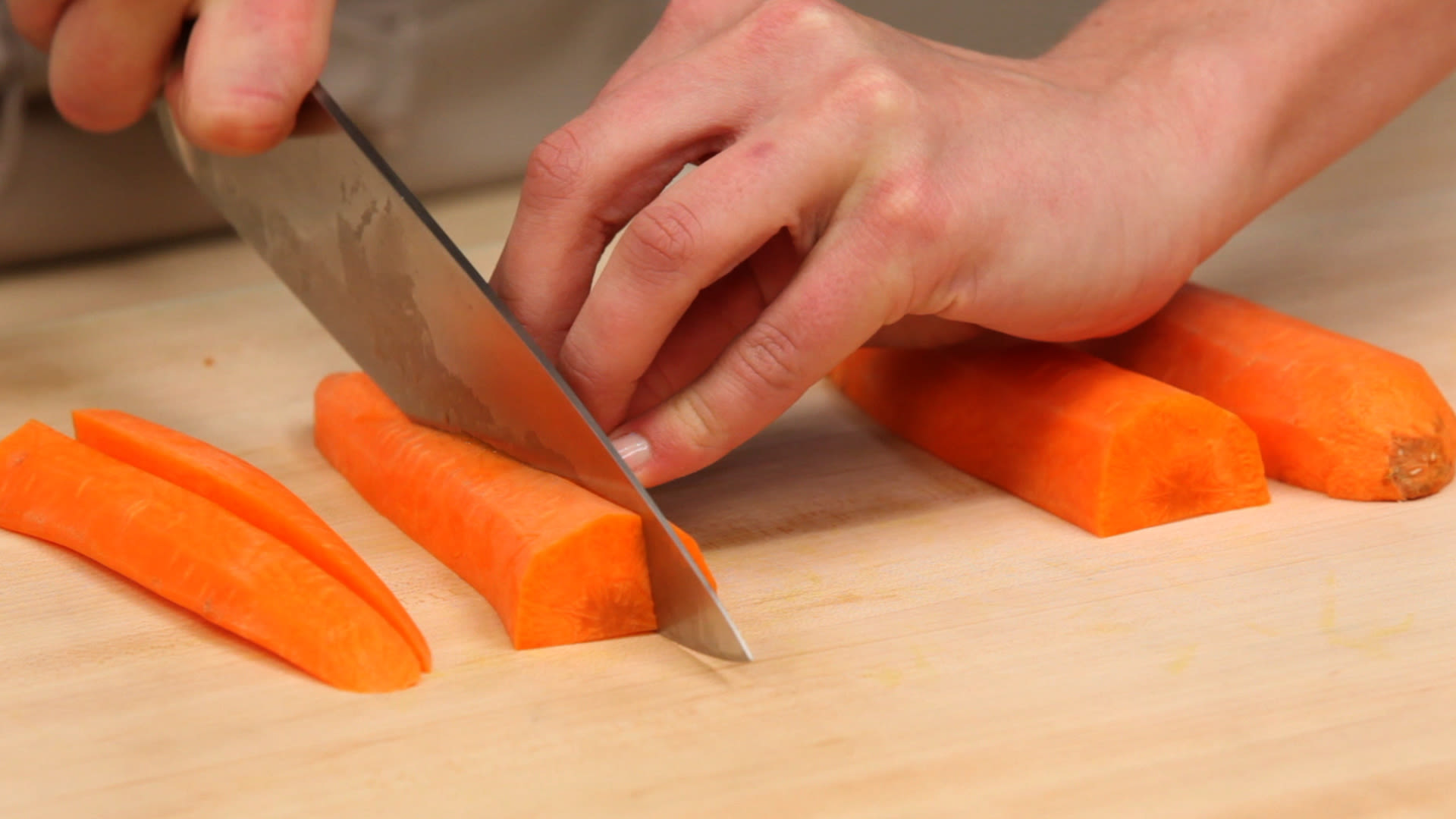
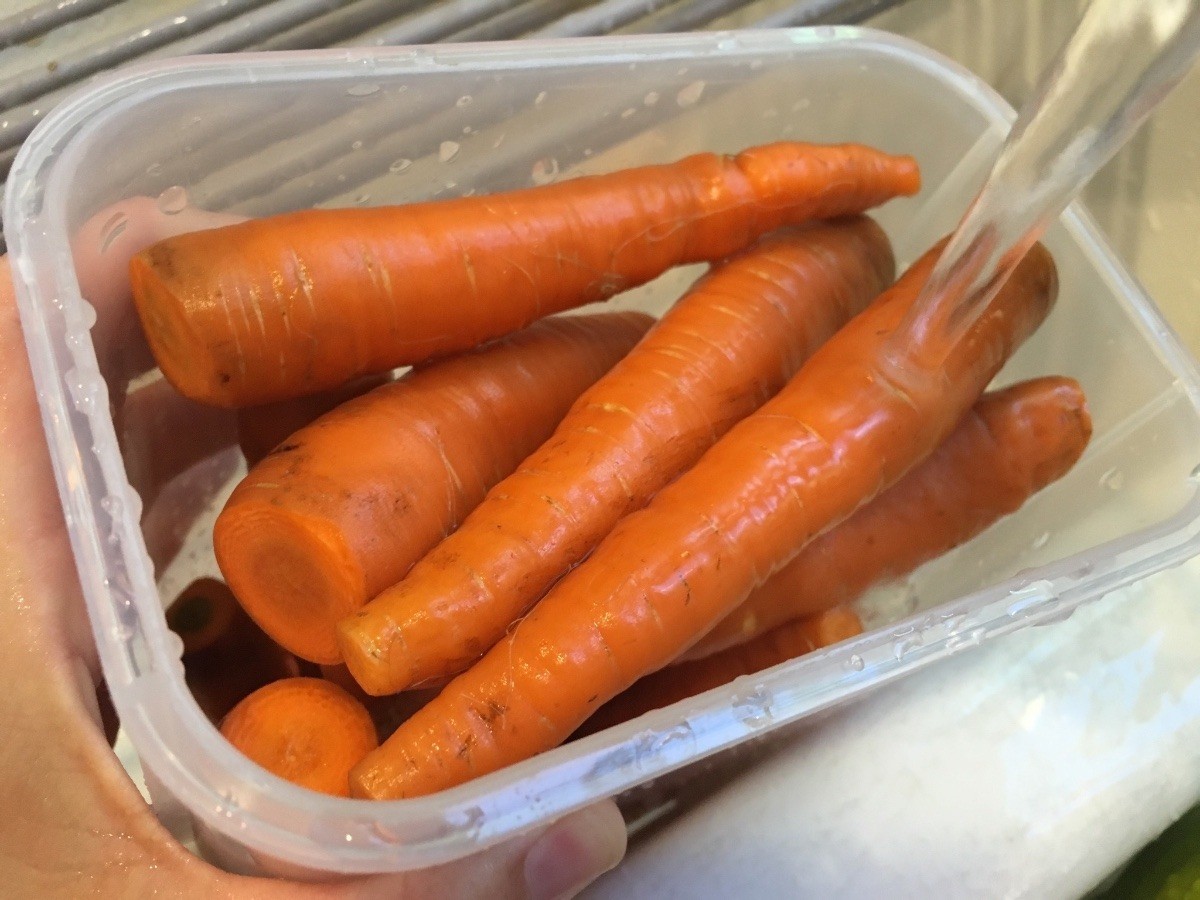
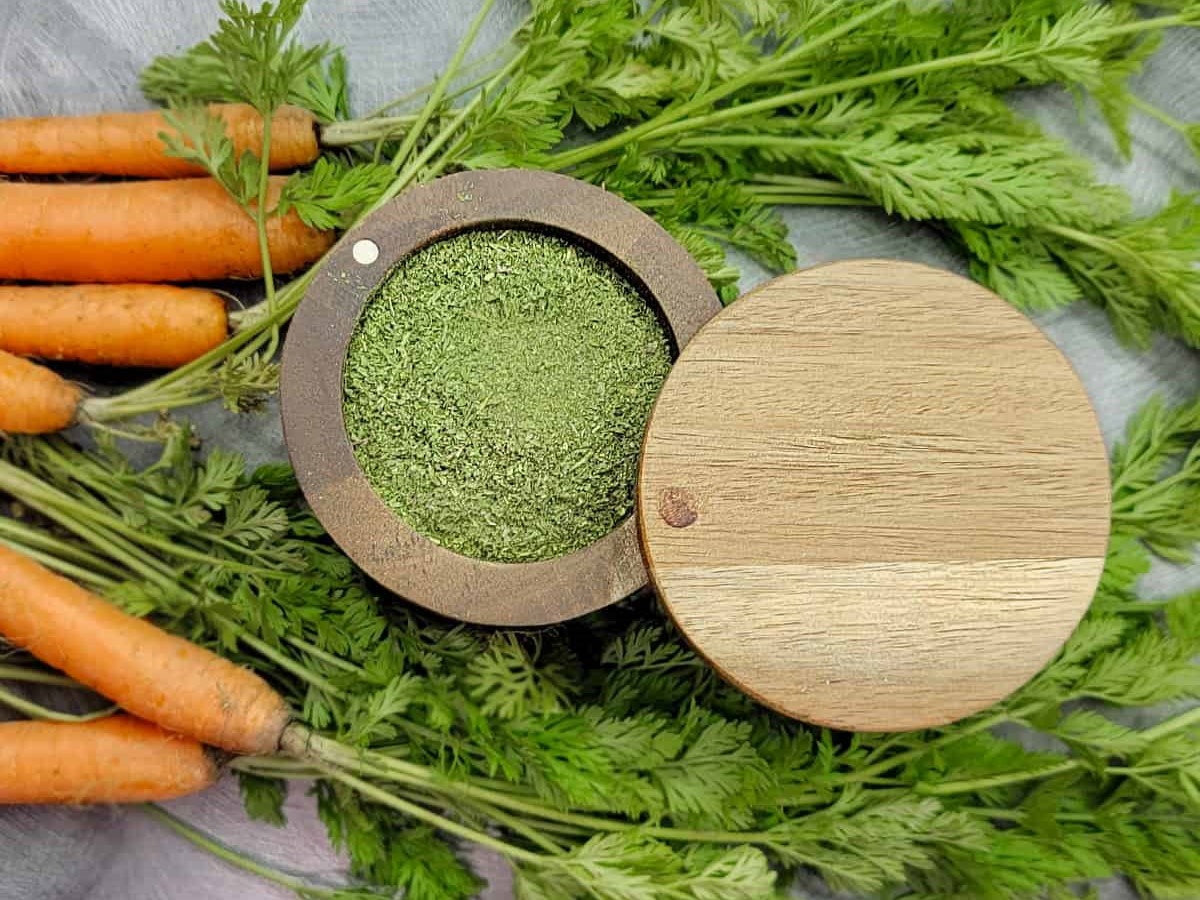

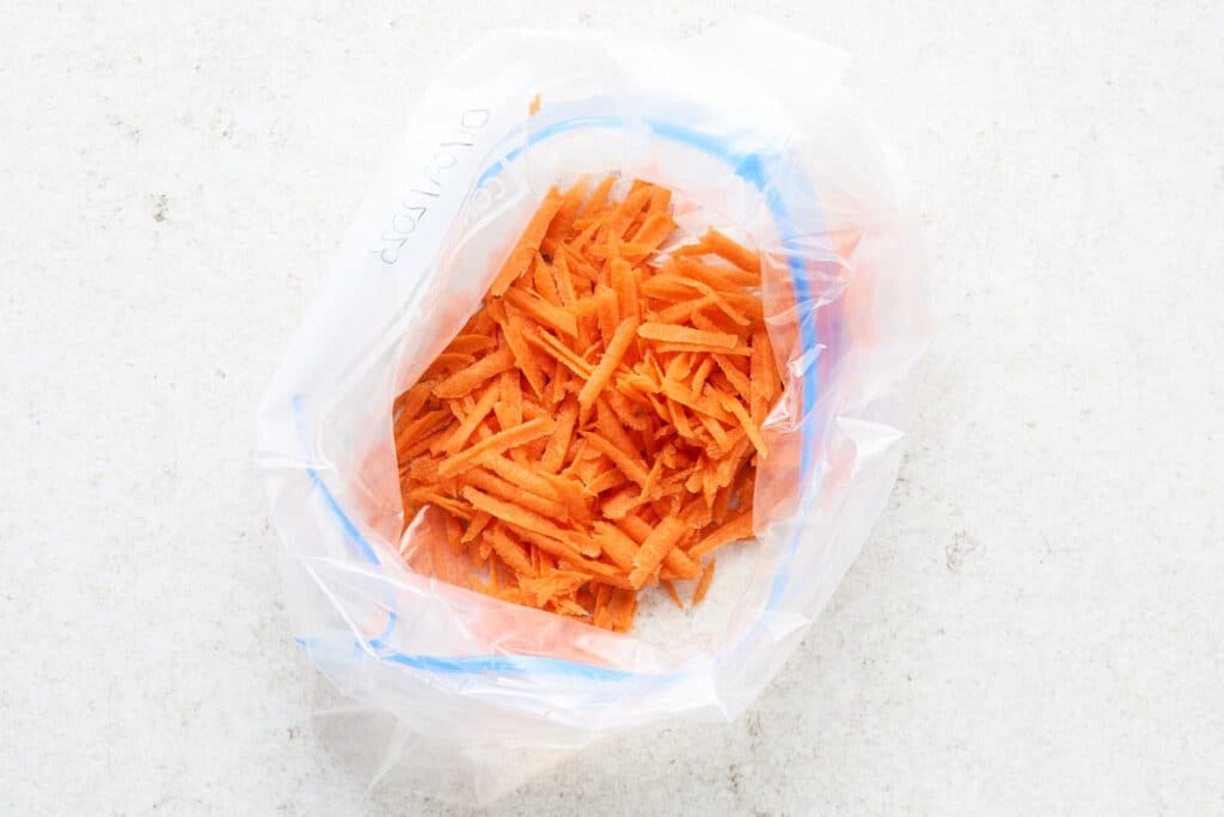

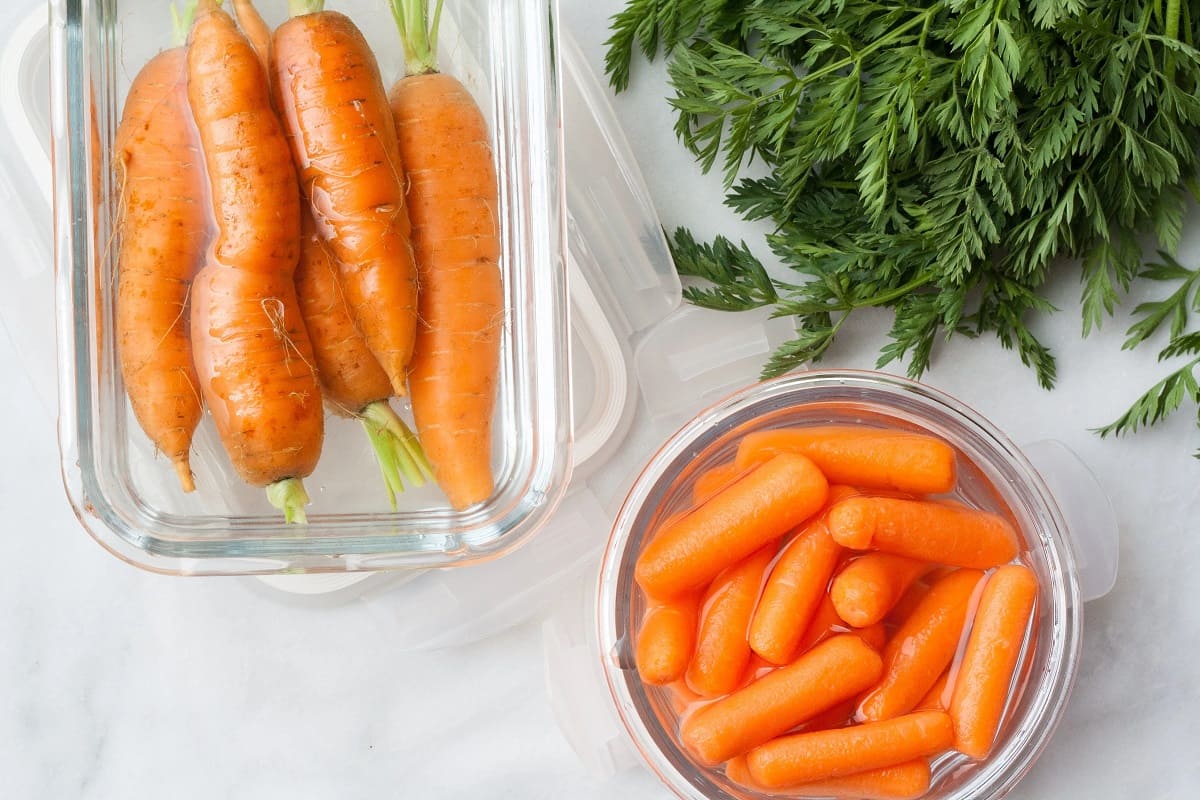

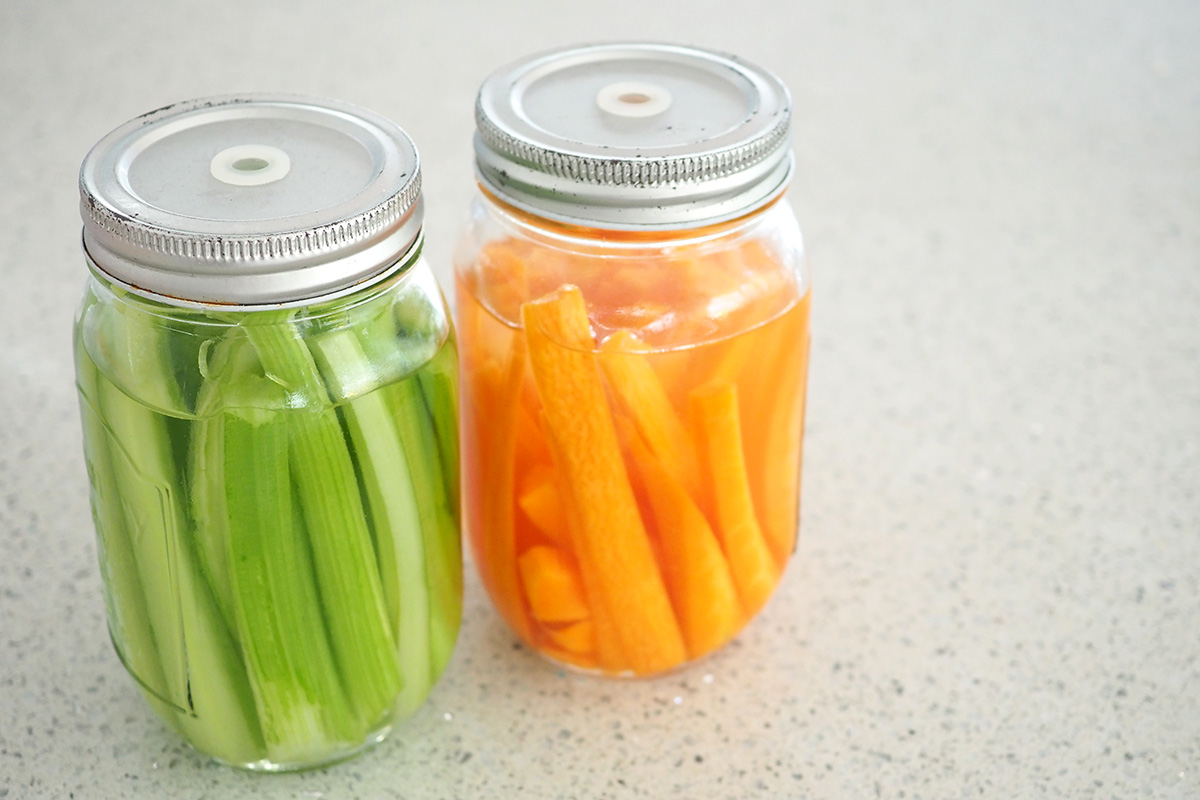
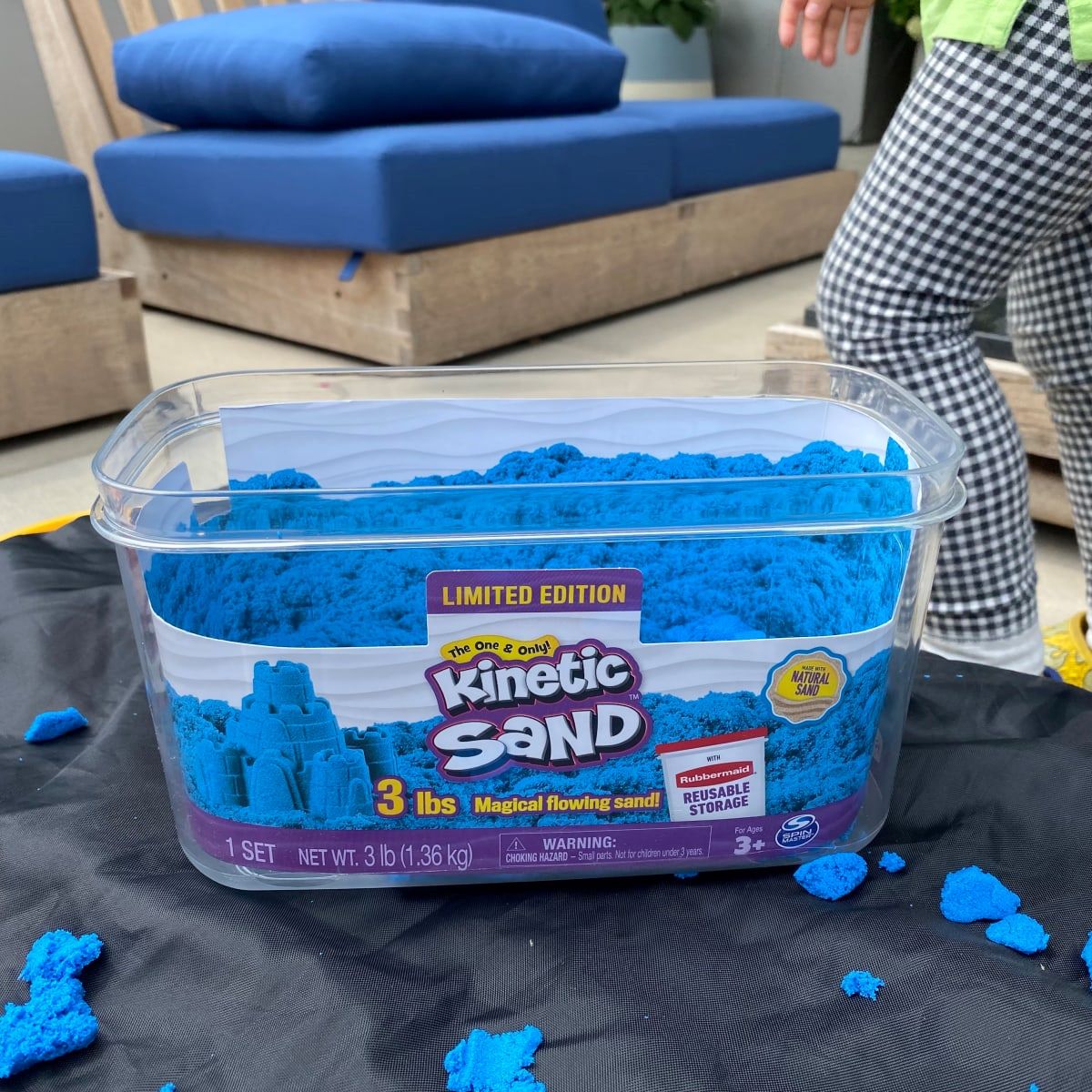

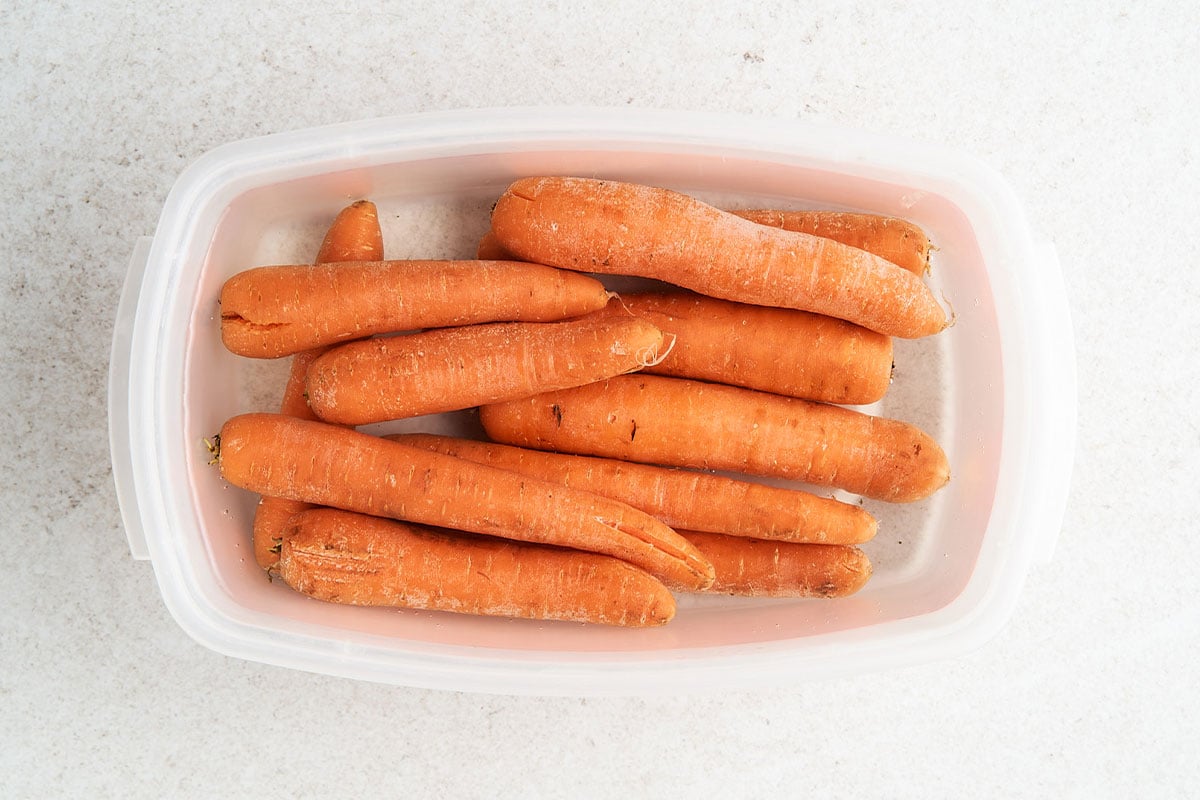
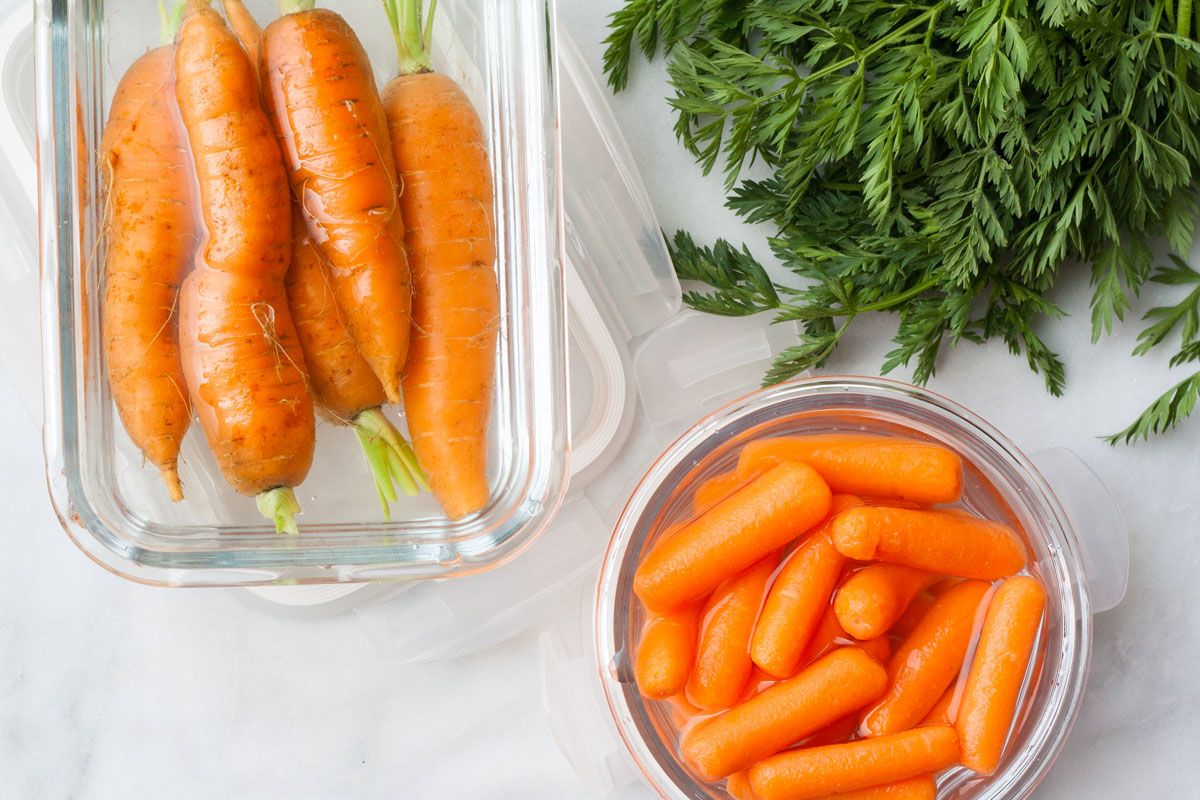

0 thoughts on “How To Store Carrots In Sand”